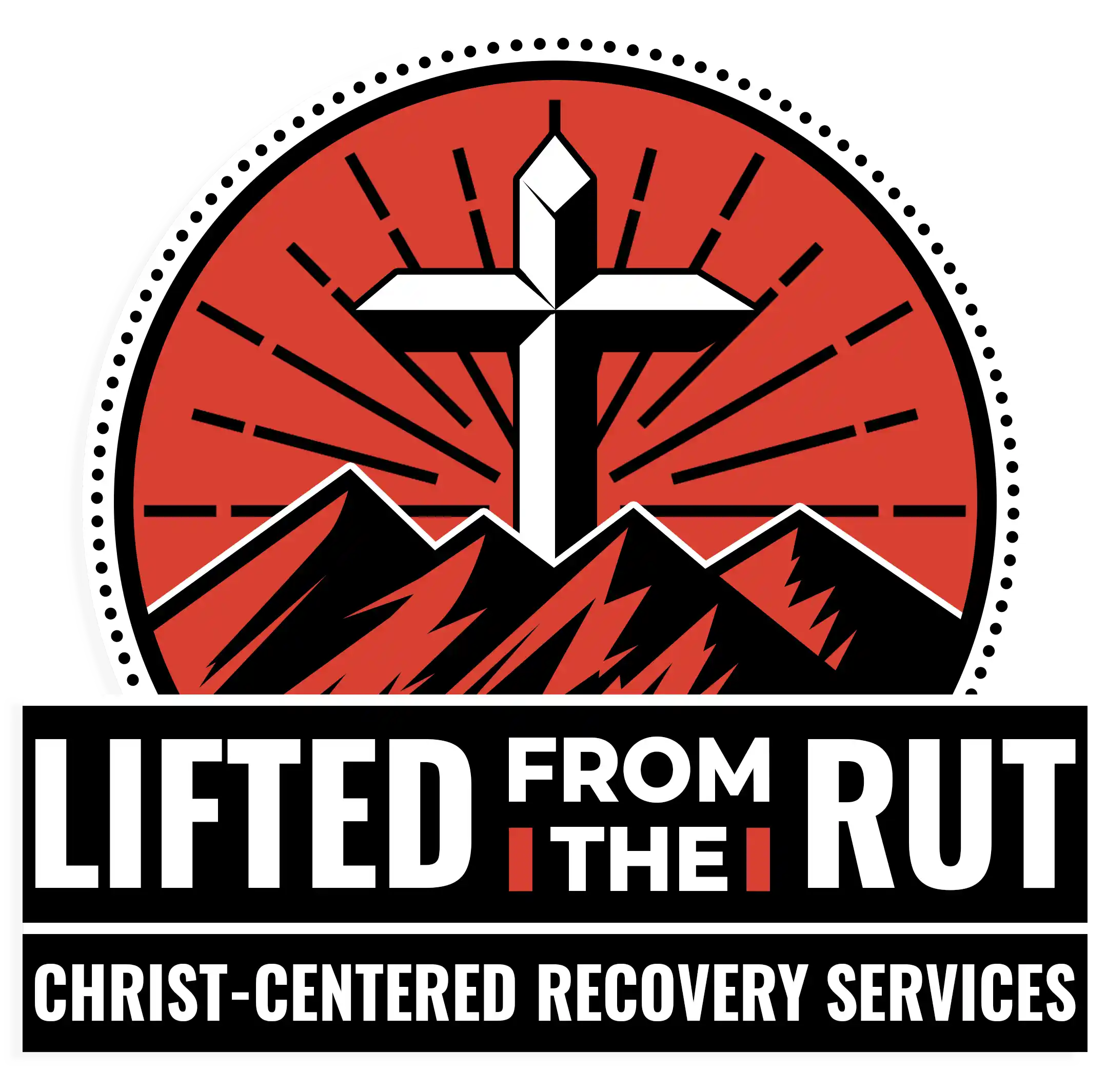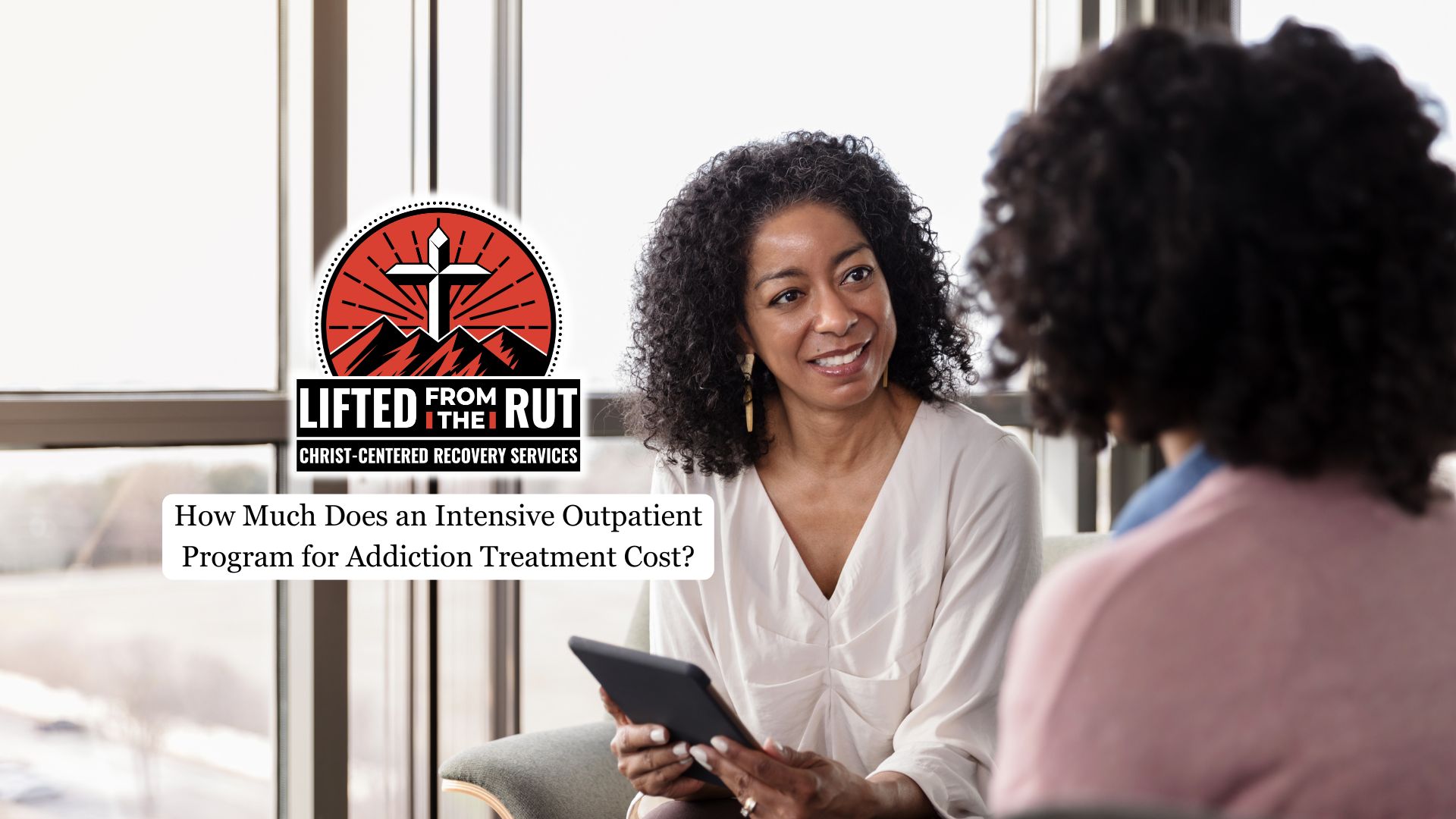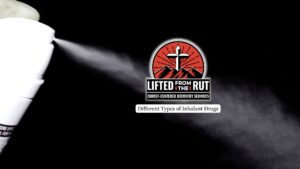For many individuals and families exploring addiction treatment, one of the most pressing questions is the cost. It is not only a health decision but also a financial one, and understanding the expenses involved can help people make informed choices without delaying care. An Intensive Outpatient Program (IOP) is a popular option for those who need structured therapy but do not require full-time residential care.
This article explores the average costs of IOP in the U.S., the factors that influence pricing, insurance coverage, and financial assistance options, so you can make the best decision for your recovery journey.
What Is an Intensive Outpatient Program (IOP)?
An IOP is a structured form of rehabilitation that provides comprehensive care while allowing individuals to live at home. Most programs involve 9 to 20 hours of therapy each week, spread over three to five days, offering both structure and flexibility without the full-time commitment of inpatient rehab.
The program often includes group therapy focused on relapse prevention and coping skills, individual counseling tailored to personal goals, and family therapy to strengthen relationships. Many programs also provide medication management and psychoeducation on addiction, mental health, and lifestyle change.
Some IOPs are faith-based, blending evidence-based practices with spiritual support such as prayer, scripture, and pastoral counseling. These programs can address both the physical and spiritual dimensions of recovery, making this rehab type, whether traditional or faith-centered, a valuable option for people who need consistent structure, therapeutic guidance, and a supportive community while still maintaining their daily responsibilities at home, work, or school.
Average Cost Range of Intensive Outpatient Programs
The cost of an IOP in the United States typically ranges from $250 to $650 per day. Depending on the program’s length, most patients pay between $3,000 and $10,000 for the full program, though prices can vary..
Program costs are influenced by factors such as duration and services included. A standard 8-week program with 12 hours of therapy per week might fall on the lower end of the range, while a 12-week program with psychiatric care and dual diagnosis services may be on the higher end.
Most IOP fees cover essential services like:
- Group and individual therapy sessions
- Access to licensed addiction and mental health professionals
- Relapse prevention education
- Ongoing assessments and progress monitoring
Optional or specialized services, such as holistic therapies, trauma-informed care, or nutrition counseling, may add to the overall expense.
Factors Affecting the Cost of an IOP
Geographic Location
Where a treatment center is located has a major impact on the overall cost. Programs in large metropolitan areas such as New York, Los Angeles, or Chicago usually charge more due to higher overhead costs and demand for services. In contrast, suburban or rural facilities often have lower prices, making them a more affordable option for many families.
Length and Intensity of Care
The duration and the number of therapy hours per week directly affect total program costs. A shorter six-week IOP will generally cost less than a more intensive 12-week program. Likewise, programs requiring 20 hours of therapy per week will be more expensive than those offering only 9–12 hours.
Specialized Services
IOPs that provide dual diagnosis care for co-occurring mental health disorders often charge more because of the additional clinical expertise required. Services such as trauma-focused therapy, psychiatric care, or holistic interventions also increase the cost of care. While these options may raise expenses, they can be crucial for individuals with complex needs.

Facility Type
Private facilities often charge higher fees but may provide smaller group sessions and more individualized attention. Luxury rehabs, which sometimes include amenities like yoga, acupuncture, or private accommodations, are usually the most expensive, while nonprofit or community-based programs may provide more affordable alternatives supported by grants or subsidies.
Insurance Coverage and Financial Assistance
One of the most important factors in managing IOP costs is insurance. Thanks to the Mental Health Parity and Addiction Equity Act (MHPAEA), most private insurance plans are required to cover addiction treatment on the same terms as medical care.
- Coverage levels: Many insurance providers cover 50–80% of IOP costs after deductibles.
- Copays and deductibles: Out-of-pocket expenses depend on the plan’s structure, with some requiring per-session copays while others apply coinsurance.
- Public insurance: In many states, Medicaid and Medicare provide coverage for IOP when deemed medically necessary.
- Financial aid: For those without insurance, many treatment centers offer sliding scale fees, scholarships, or payment plans to make care more accessible.
Cost is one of the most commonly reported barriers to treatment in the U.S., making it critical to explore financial support options early.
How to Budget and Find an Affordable IOP Treatment
Managing the cost of IOPs can feel overwhelming, but careful planning often makes treatment more affordable and accessible. One of the first steps is verifying insurance coverage, since many providers cover some or all of the costs if the facility is in-network. For individuals without full coverage, it is worth asking about financial assistance, as some treatment centers offer reduced rates or need-based scholarships.
Payment plans are another option, allowing families to spread expenses over several months and reduce immediate financial strain. In addition, comparing multiple programs can help balance cost with quality of care, ensuring individuals receive the support they need without unnecessary expenses.
Free online directories and community resources are also available to help people find local programs, including state-funded or sliding-scale options that make recovery more affordable and accessible for those with limited financial means.
Final Thoughts from LFTR Christian Rehab Services
The cost of an outpatient rehab in the U.S. generally ranges between $3,000 and $10,000, with variables shaping the final price. While this may feel overwhelming at first, many individuals find relief through insurance coverage, flexible payment plans, or sliding scale fees. The key is not only to consider affordability but also to prioritize a program’s quality, effectiveness, and long-term support for recovery.
At LFTR Christ-Centered Rehab Services, our faith-based Intensive Outpatient Program in Littleton, CO, blends clinical expertise with spiritual guidance to support individuals at every stage of recovery. We offer personalized treatment plans, access to compassionate professionals, and a supportive community rooted in Christian values. By addressing both the physical and spiritual dimensions of addiction, our goal is to help each person build resilience, restore hope, and achieve lasting freedom in recovery.





